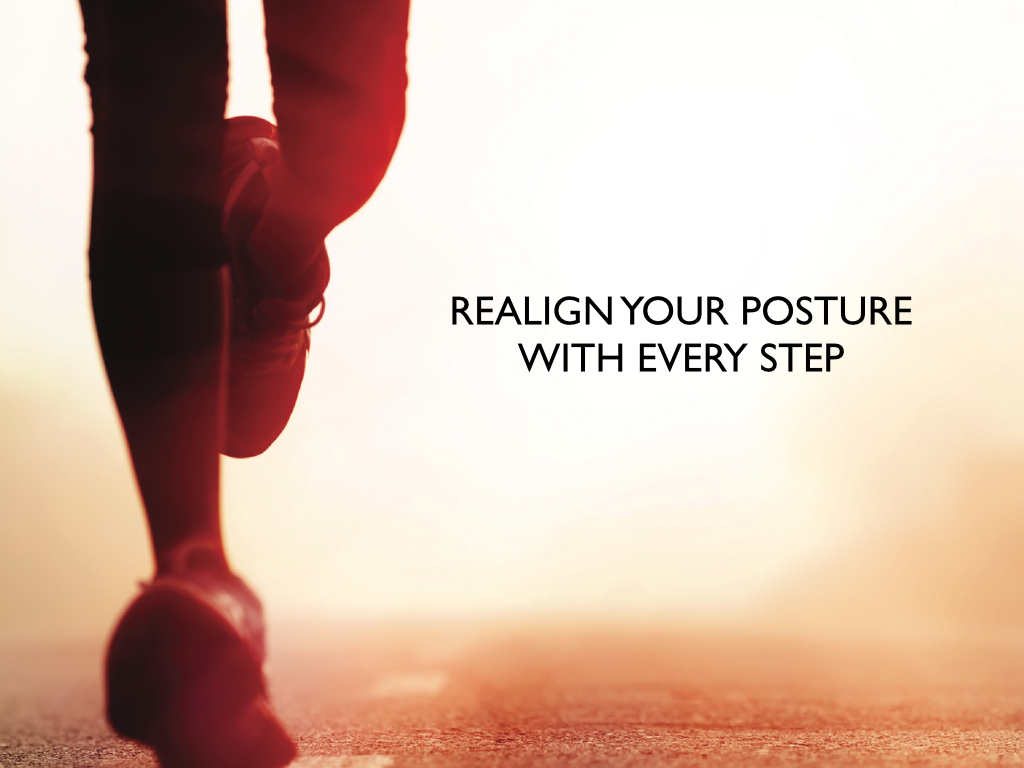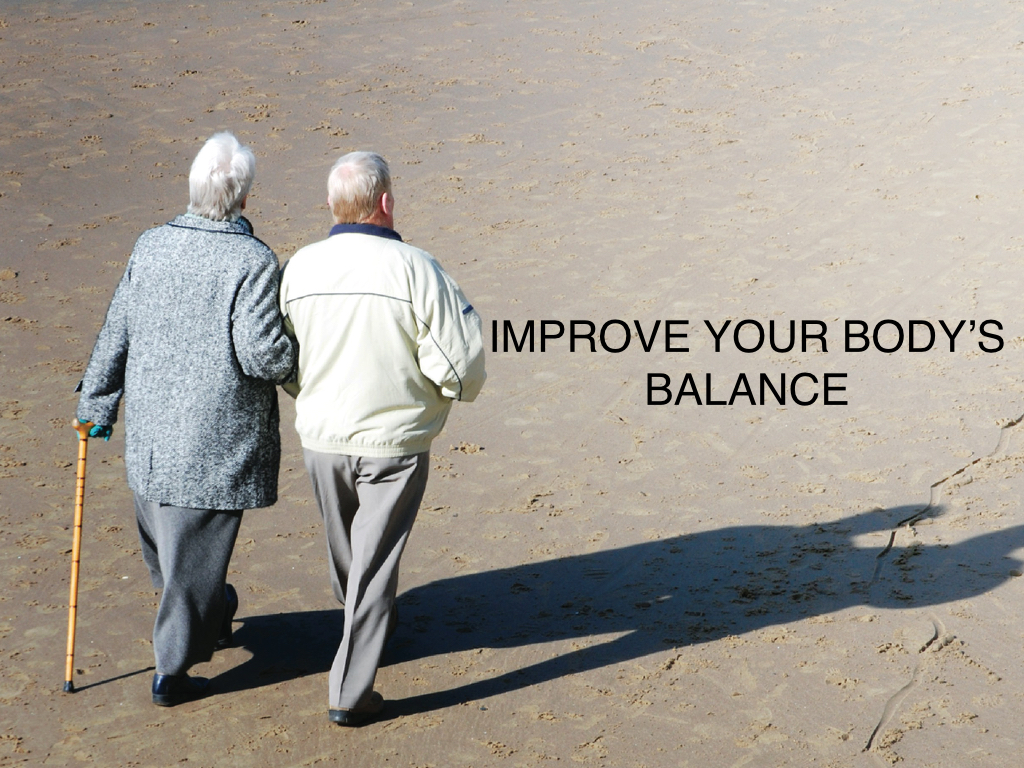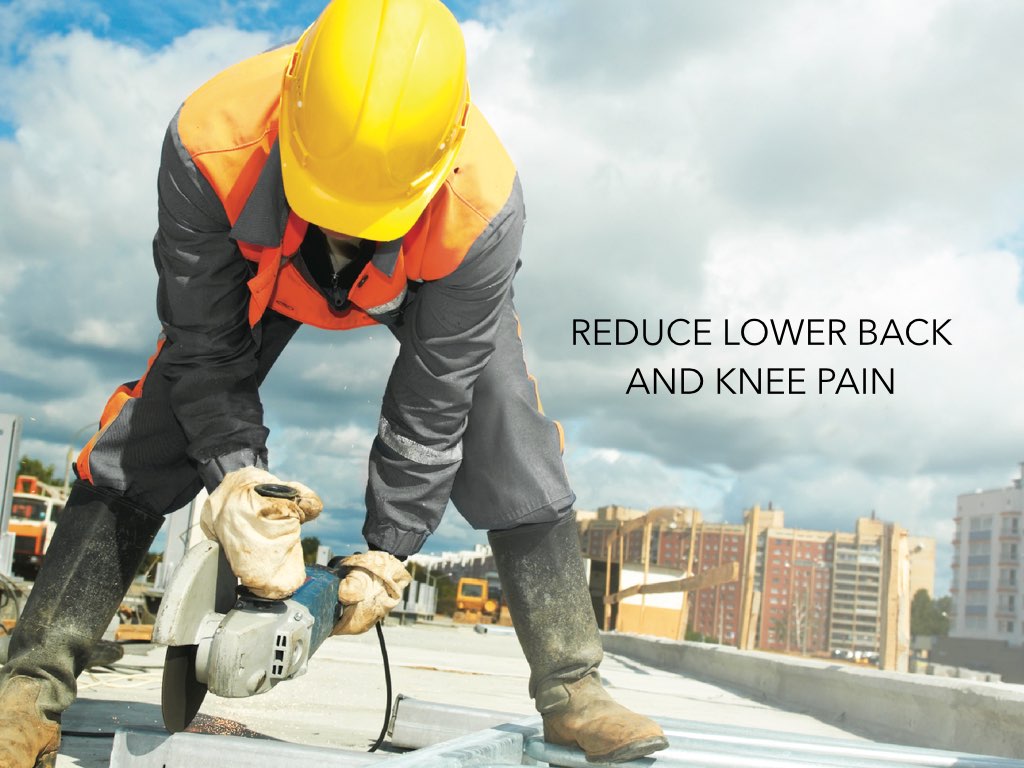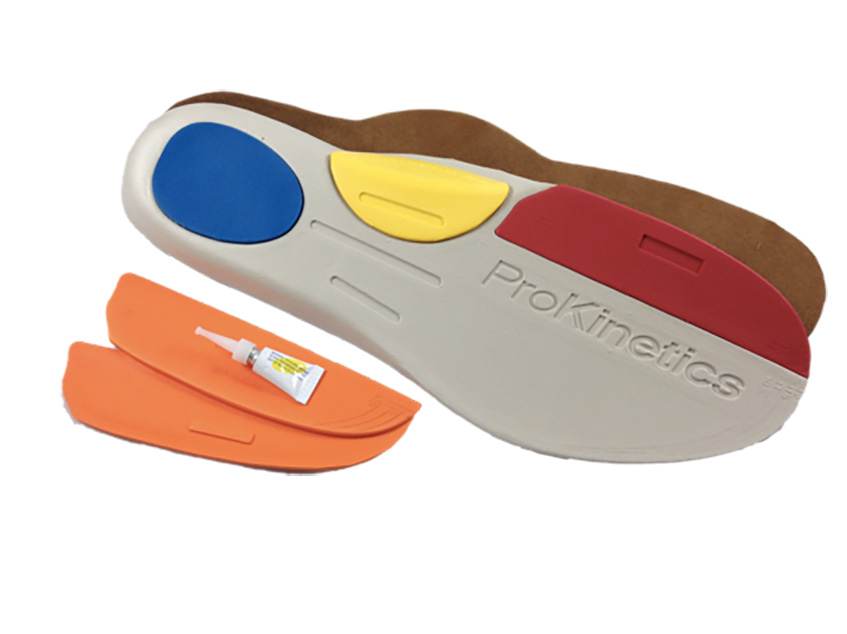Finally, an easy, fast and intelligent product for the foot.
Are you an Osteopath, Chiropractor, Physiotherapist or manual therapist who wants to effectively support foot function by harnessing the power and speed of neural stimulation over structural support?
Scroll down to learn more
Prokinetics insoles work via simple, effective neural stimulation of the medial column of the foot providing:
Subtle, instant and effective changes in functional stability
Neurological stimuli to improve over-pronation of the foot and excessive medial rotation of the knee and hip
Fast and permanent CNS engramming
Balance to ascending postural inputs/drivers
Notable improvements in posture, particularly around the CT junction
A safe and appropriate treatment tool for foot function and improved biomechanics
A money-back guarantee on results
Why should you use ProKinetics insoles?
Effective with a minimum 30min a day use
Works on neurology not rigid structural support
Supports and creates a stable baseline for other treatments
6-12 month use window for maximum postural engramming
Puts practitioner back in control, easy to fit, no wait time for moulds or castings
Instant measurable improvements
Patient centred product with friendly price point and money-back guarantee
Easy to differentially diagnose appropriate cases to maximise patient results
Certification for practitioners is online and self-paced - click here to explore the program
How do ProKinetics Insoles work?
ProKinetics provide tactile and proprioceptive stimuli to the medial column of the foot via a tri-planar wedge or “signal”
The signal gives subtle feedback during toe-off and ground reaction forces to the cerebellum
The technology is ideally suited to those patients with a “First Metatarsal Deficit” - patients presenting with a shorter first metatarsal than second metatarsal, also called Morton’s foot
The insoles help prevent over-pronation by bringing the ground closer to the first short metatarsal and via the neural input of the signal
There are 3 signal sizes, one for each foot type; they have the potential to create a dramatic impact on clinical outcomes! Prokinetics insoles must be fitted by a trained provider or results can be detrimental
Become a ProKinetics Provider
We are serious about what we do. Health professionals wishing to order and fit Prokinetics must first register as a provider.
Our certification course:
Is both comprehensive and of great value
Fits your schedule by being self-paced and online
Is sequenced and easy to follow combining written and video content
Incorporates bonus video content
Depicts real patient cases being assessed and fitted on video
Gives both theory of how and why the insoles work combined with practical lectures and demonstrations
Common questions about ProKinetics Insoles
Understandably, many practitioners have questions they need answers to before they’re willing to invest their money and reputation in a training or product. We’ve compiled a few of the common ones here. Contact us if you can’t find what you’re looking for.
Q. Who developed ProKinetics Insoles?
Professor Brian Rothbart a podiatric orthopaedist, developed the proprioceptive insole over 20 years ago to help patients in chronic pain. Over the years he found that many chronic pain sufferers also had a short first metatarsal (we call this a “first metatarsal deficit”) and that supporting this presentation structurally made them worse or deflected the foot problem up the kinetic chain. In time he came to realise that prescribing a support that was only 30% of the structural deficit provided amazing results. ProKinetics Insoles were developed using a model that is based on Rothbart’s discoveries and research, which also support Dr D. Morton’s findings about the foot.
Q. What published evidence is there?
Professor Rothbart has numerous published studies on foot types, interventions and the contribution of the foot to chronic pain cases. Search his name in a database such as Google Scholar to review these papers. To read his published article from 2002 outlining the theory and embryology behind the core technology driving Prokinetics click here.
Q. You say the insoles work using neurology. How exactly?
The key to ProKinetics lies in a small tri-planar wedge fitted to a flexible insole. This runs the length of the medial embryological column of the foot and stimulates the mechanoreceptors and proprioceptors of this column. When fitted correctly, this non-invasive “signal” acts to re-pattern the motor engrams of gait and dynamic postural control. The “rheostat” effect (on/off effect of toe-off/heel strike) of the signal providing a brief input to the mechanoreceptors during foot strike is believed to be the reason they are so effective. By providing a neural stimulus instead of a structural support they act to stimulate muscle coordination and function rather than forcing muscles to adapt to rigid structural inputs.
Q. When is the next course?
You can become a ProKinetics Provider by registering and completing the course online. Just click here for details on the process. Completing the course online means you will get results sooner because you won’t have to wait for courses or travel. You can also study at your own pace, review, rewind and pause the video when you need to. In addition, if you’ve studied and registered online, our live events often have heavily discounted or complimentary passes for existing providers.
Q. How do these compare to foot orthotics from a podiatrist? Do they act as a replacement for structural orthoses?
The ProKinetics insoles are intended to be used as a treatment tool by manual therapists for specific presentations and not to replace the work of our podiatrist colleagues. There are specific cases and indications for using ProKinetics that we teach practitioners on our certification course and these cases must be differentially diagnosed from those that have specific podiatry needs.
If you have a functional foot problem, you need a functional solution! The ProKinetics insoles can help provide this functional solution.
Q. What measurable changes should I see in patients using these insoles?
We use a number of objective and subjective measures such as photography, muscle balance strength testing (not kinesiology) and goniometers to track the changes in patients wearing ProKinetics. These tests are quick and easy to perform and help to demonstrate to you and your patient the instantaneous effect of the signal on posture and mechanics.
Q. Are there patients these insoles are not effective for?
ProKinetics insoles work for a specific foot type and presentation, they are not suitable for every patient and every treatment. In our certification course we demonstrate both straightforward and challenging cases and how to assess and utilise the signals and insoles effectively. We do not sell product direct to the public without referral to a provider or telehealth consultation for this reason. An incorrect or unnecessary fitting will result in sub-optimal or even detrimental results.
Q. Will the online course actually effective in teaching me how to use the product? Isn’t face to face better?
Our face to face courses are fun, stimulating and draw a great group of practitioners. We have found over the years that the content density and new way of assessing and approaching the foot can be somewhat overwhelming back in the clinic “on Monday”. This is one of our primary drivers for developing the online program. Having the course on video with assessment demonstrations, a printable PDF manual and the entire course available 24/7 online from anywhere you can log on, means you can review the content, look up specific components of the course and repeat the parts you found harder to process. The Assessment video included in the course shows live footage of first time patients being assessed and fitted and there are literally hours of bonus content available to enrich your knowledge. In addition to this we have one to one coaching available if required to assist you learn or with difficult cases.
Australia is a huge country and it is difficult to access all the major cities.







